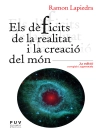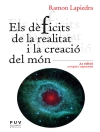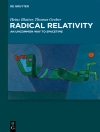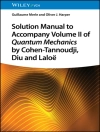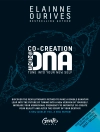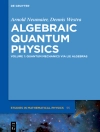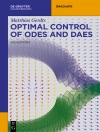The widespread interest this book has found among professors, scientists and stu dents working in a variety of fields has made a new edition necessary. I have used this opportunity to add three new chapters on recent developments. One of the most fascinating fields of modern science is cognitive science which has become a meet ing place of many disciplines ranging from mathematics over physics and computer science to psychology. Here, one of the important links between these fields is the concept of information which, however, appears in various disguises, be it as Shan non information or as semantic information (or as something still different). So far, meaning seemed to be exorcised from Shannon information, whereas meaning plays a central role in semantic (or as it is sometimes called ‘pragmatic’) information. In the new chapter 13 it will be shown, however, that there is an important interplay between Shannon and semantic information and that, in particular, the latter plays a decisive role in the fixation of Shannon information and, in cognitive processes, al lows a drastic reduction of that information. A second, equally fascinating and rapidly developing field for mathematicians, computer scientists and physicists is quantum information and quantum computa tion. The inclusion of these topics is a must for any modern treatise dealing with in formation. It becomes more and more evident that the abstract concept of informa tion is inseparably tied up with its realizations in the physical world.
Tabla de materias
The Challenge of Complex Systems.- From the Microscopic to the Macroscopic World ….- … and Back Again: The Maximum Information Principle (MIP).- An Example from Physics: Thermodynamics.- Application of the Maximum Information Principle to Self-Organizing Systems.- The Maximum Information Principle for Nonequilibrium Phase Transitions: Determination of Order Parameters, Enslaved Modes, and Emerging Patterns.- Information, Information Gain, and Efficiency of Self-Organizing Systems Close to Their Instability Points.- Direct Determination of Lagrange Multipliers.- Unbiased Modeling of Stochastic Processes: How to Guess Path Integrals, Fokker-Planck Equations and Langevin-Îto Equations.- Application to Some Physical Systems.- Transitions Between Behavioral Patterns in Biology. An Example: Hand Movements.- Pattern Recognition. Unbiased Guesses of Processes: Explicit Determination of Lagrange Multipliers.- Information Compression in Cognition: The Interplay between Shannon and Semantic Information.- Quantum Systems.- Quantum Information.- Quantum Computation.- Concluding Remarks and Outlook.



